Cremation has become the norm in northern Ontario — funeral directors say that's changed how they operate
Some funeral directors say a decade ago, only half of clients requested cremation, but it's now 85%

Funeral directors in northern Ontario say cremation rates have skyrocketed over the past decade, changing the way they operate and provide services.
Collin Bourgeois is a funeral director with Théorêt Bourgeois Funeral Home, which has locations in Sudbury, Verner and Sturgeon Falls.
A decade ago, he estimated, half of his clients opted for traditional burial services, but now, 85 per cent choose cremation.
"Our traditional funeral homes were not doing what they should be doing, in the sense that our facilities were way too big and just not being used," said Bourgeois, who's been in the industry for 47 years.
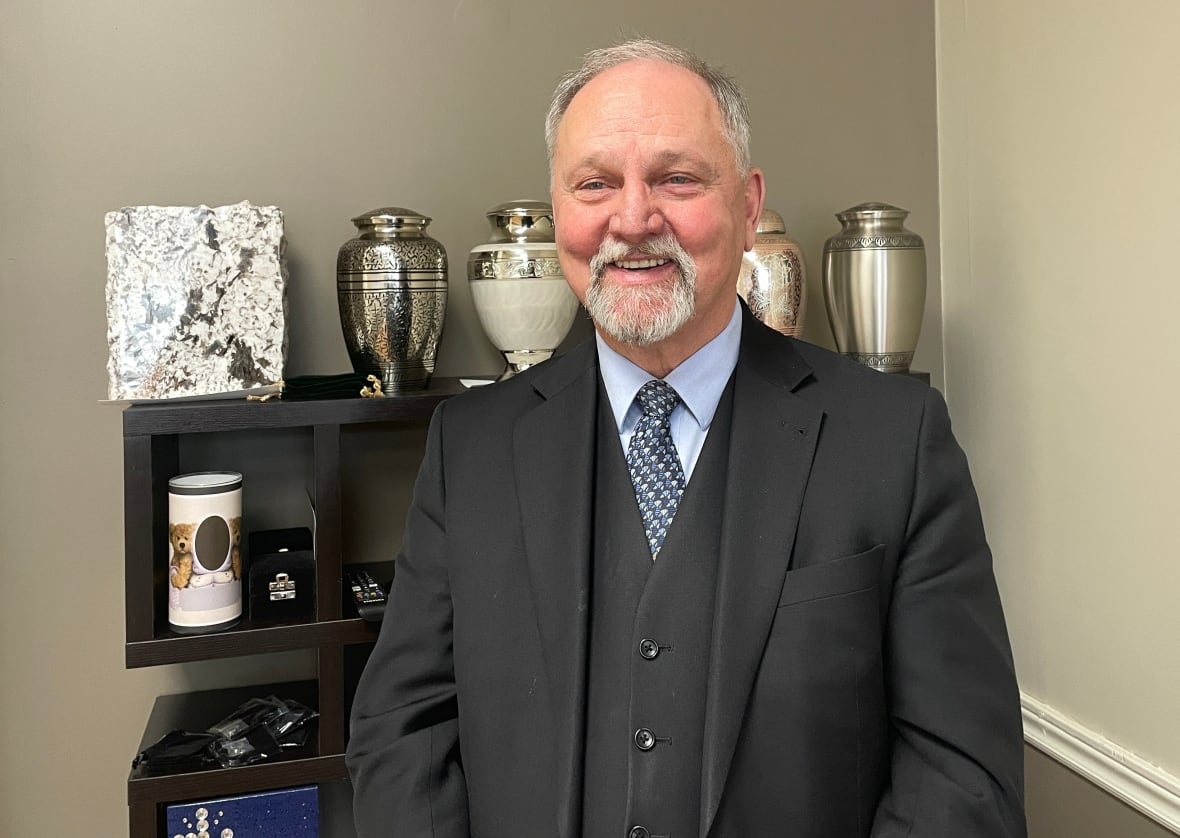
A traditional burial service includes a visitation, and a funeral service and reception.
"We knew at that point that if we did not turn this around, and change our way of thinking and do direct cremations or simple cremation services for families, then we would not survive as an enterprise," Bourgeois said.
In November, Théorêt Bourgeois Funeral Home expanded its services and opened a crematorium in Sturgeon Falls.
"They're going through the non-traditional immediate cremation with no celebration or what we call a non-traditional/traditional cremation with visitation and a celebration just with the urn present. So I mean, we're getting a blend of everything," he said.
Jeff Shrigley, a funeral director with Lougheed Funeral Homes, said he's seen the same drastic shift over the last decade.
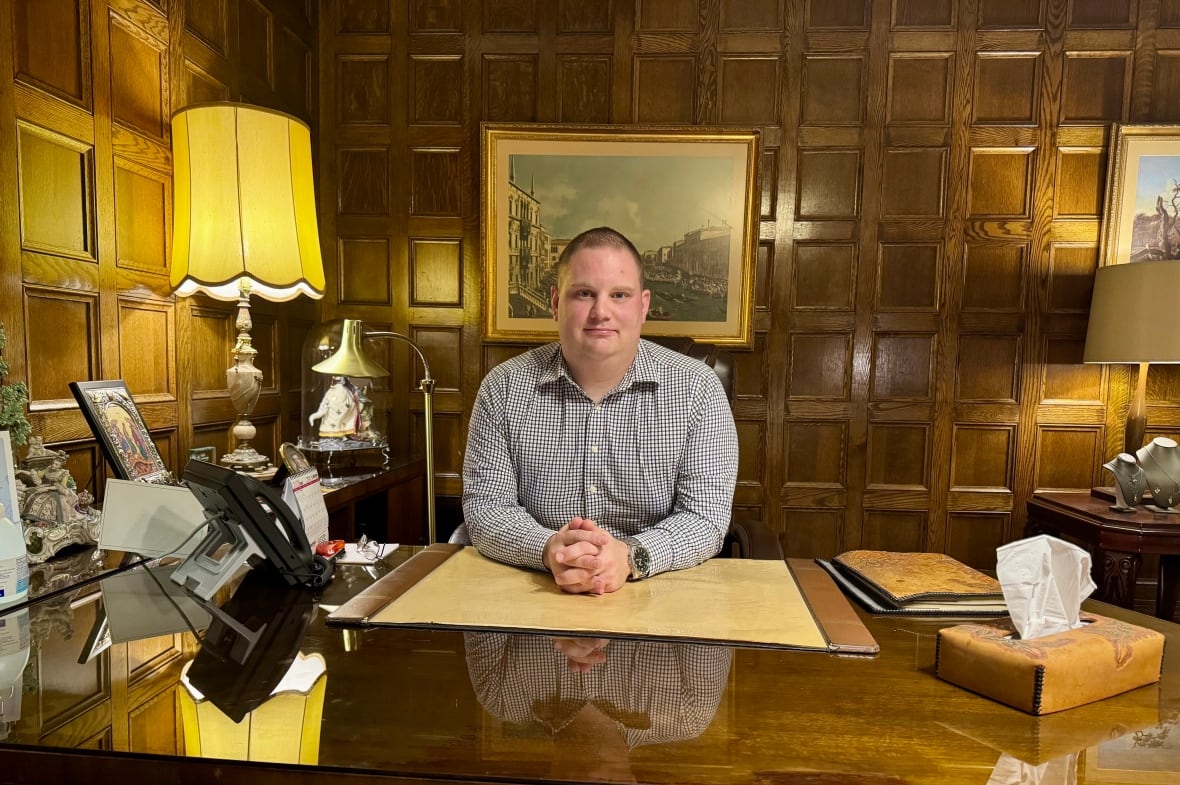
Lougheed Funeral Homes has three locations in Greater Sudbury and offers a transfer service, where deceased individuals are transferred directly to the crematorium.
"Whereas you come to the funeral home, you can see we have chapels. We're equipped for services and visitations. That's the big price difference," Shrigley said.
"That's why we have a transfer service for those people that are looking for that lower cost alternative. It is there for them."
Why the shift toward cremation?
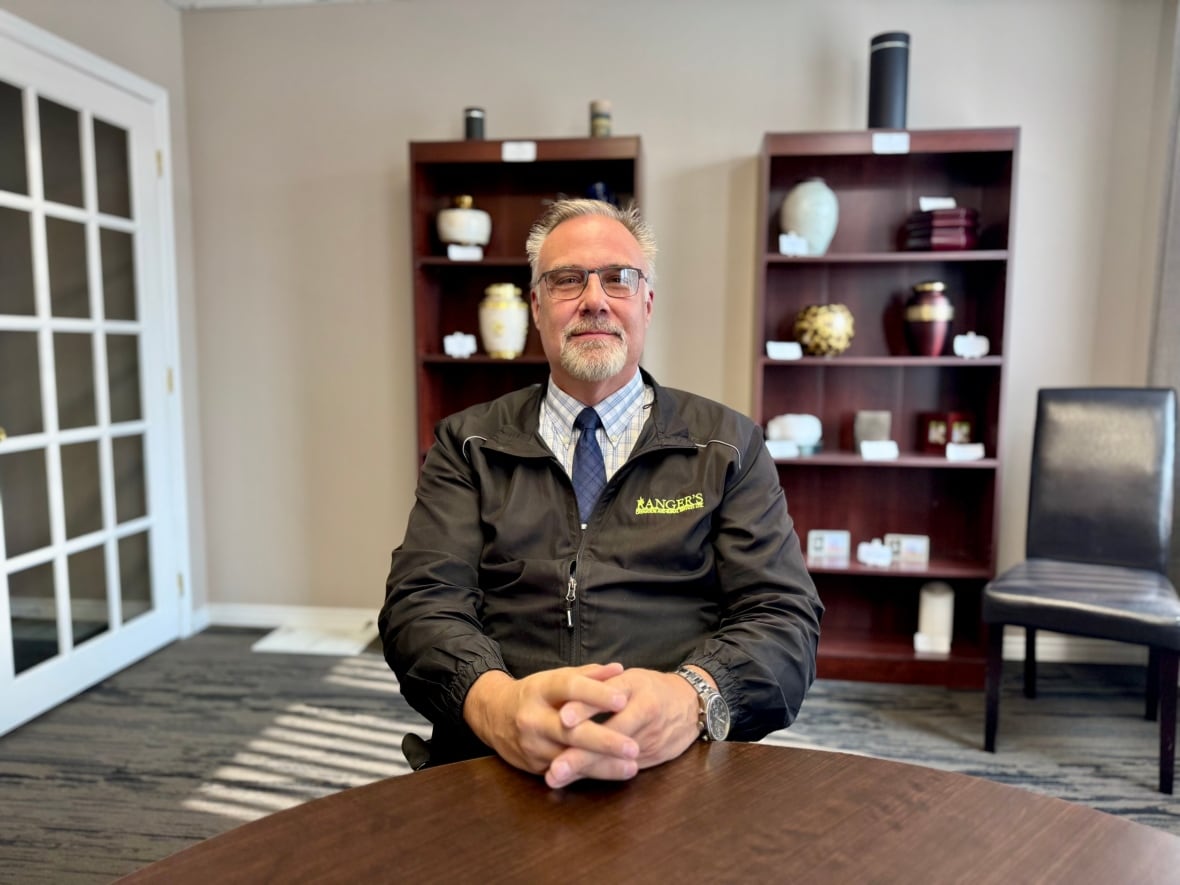
Jim Ranger, owner of Ranger's Cremation and Burial Services, a transfer service in Sudbury, said he noticed the gradual growth of cremation in Canada since the 1980s.
"[Direct cremation] was always something that seemed to originate out of the western part of our country, like the Vancouver and British Columbia area," said Ranger, adding that at the time, the concept was seen as taboo.
"Through the '80s into the '90s, [cremation] seemed to kind of make its way across the country and was always here, but seemed to become a little bit more accepted."
Ranger's Cremation and Burial Services opened in 2014 and does not offer visitations, gatherings or services within its facility, which serves as a reception office.
"This [service] was something that a community wanted as opposed to having it provided to them… an opportunity to come to more of an establishment that seems like home as opposed to something that can be a little bit overwhelming like larger establishments with a lot on the go," Ranger said.
Ranger believes the COVID-19 pandemic has contributed to the growing cremation trend because social distancing and lockdown regulations made it difficult to host traditional services, where people tend to gather.
According to Bourgeois, Shrigley and Ranger, cost is another big factor driving cremation trends.
"A lot of the people are retired and living on pensions and don't have a lot of savings or do not have any life insurance and they just can't afford the traditional funeral services that they may have asked for 15 years ago," Bouregeois said.
Shrigley said the average cost for cremation is around $2,000; a traditional service — including professional staff service fees, transfers, embalming, facility fees with memorial cards and a reception for 75 people — costs around $11,000.
New ways to store ashes
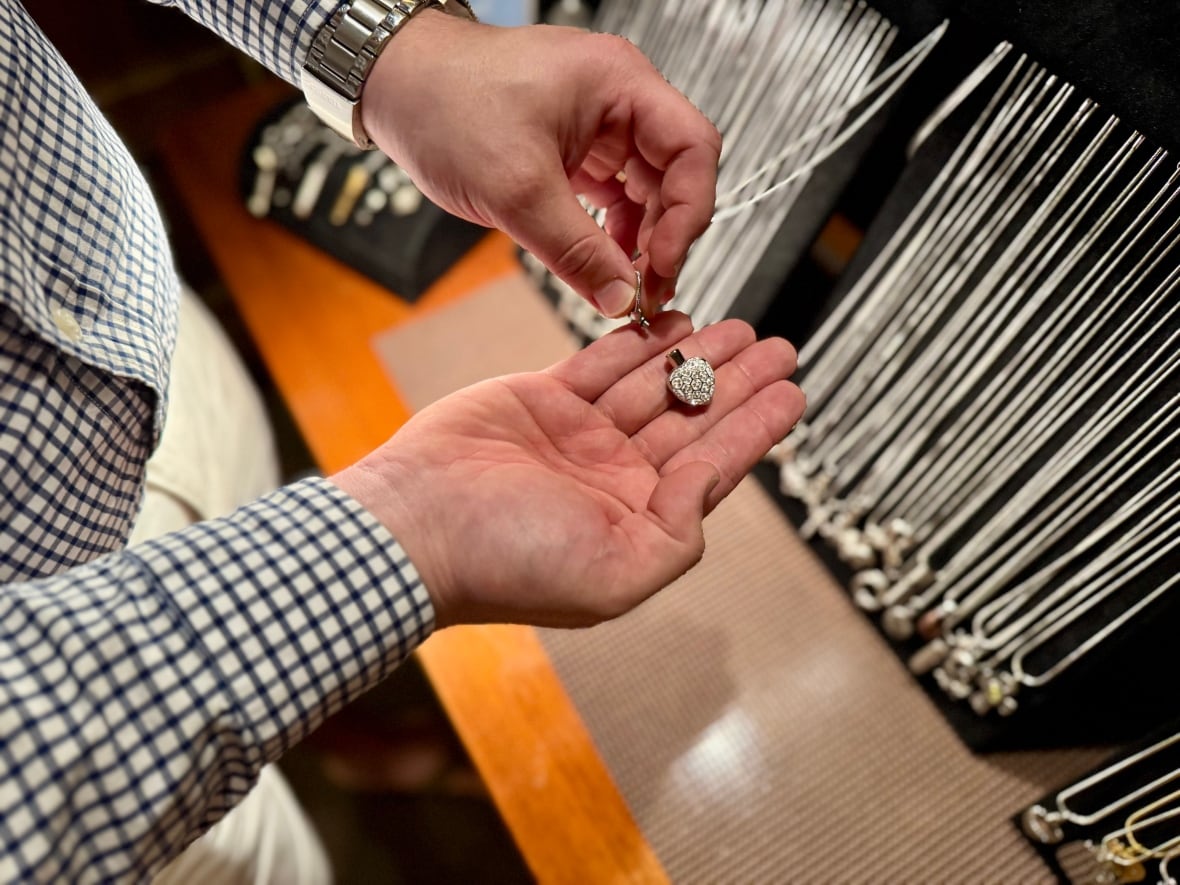
Shrigley believes requests for cremation have also risen as more individuals are attracted to the idea of being able to scatter their loved ones' ashes and being able to hold onto them.
"Whether it be at camps, lakes or favourite places [to scatter ashes] — they don't need a physical location to actually go. They can have that spiritual visit pretty much anywhere," he said, comparing it to cemeteries where the individual would have to physically visit.
Ranger said clients also like the aspect of being able to hold their loved ones ashes in decorated and personalized urns.
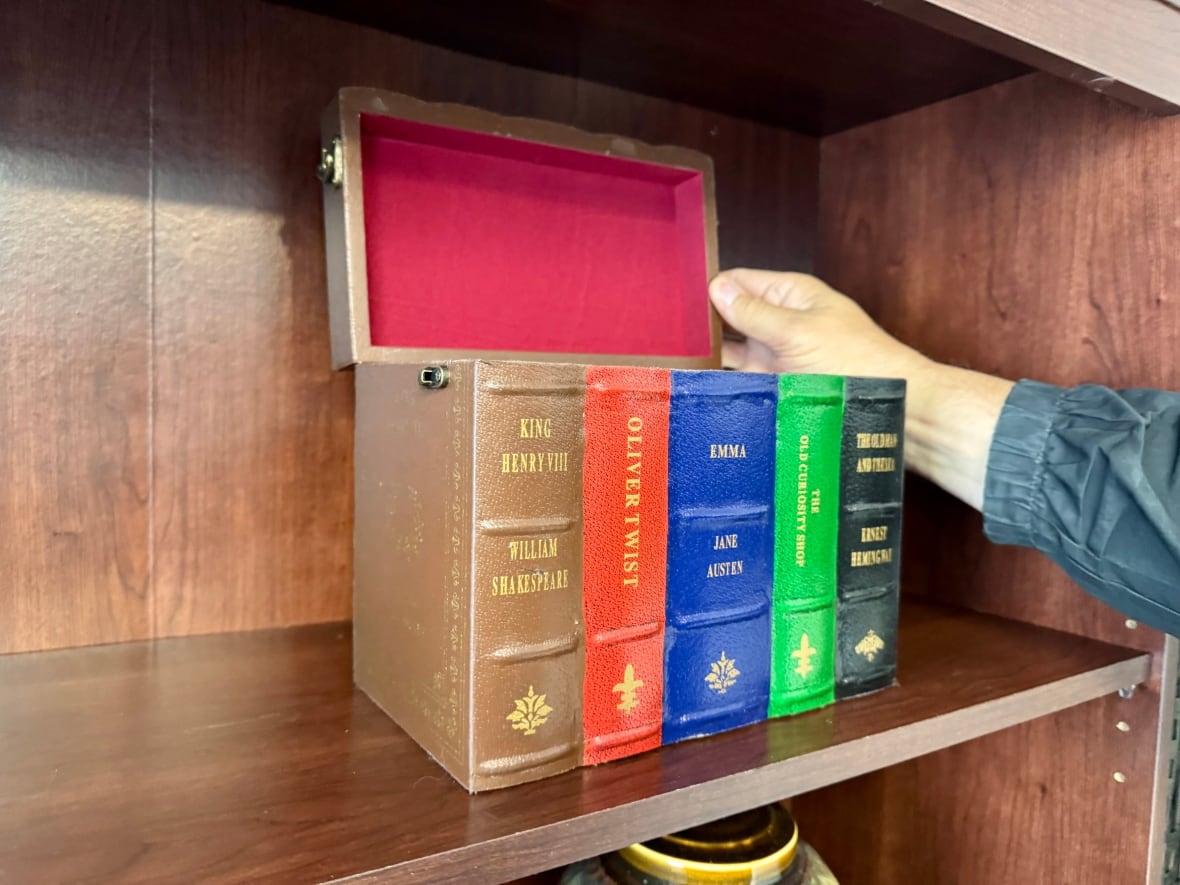
"Over the years we've, had people use birdhouses. We've had some folks that according to the family spent more time underground and with their lunch pails as Sudbury is a mining community. We've had families inquire if their loved ones can be placed in their lunch pails and other personal items like cookie jars and beyond," he said.
All three funeral directors said they find helping people arrange services for their loved ones is a rewarding part of the process.
"Having family put out their hand, and shaking your hand, and giving you a hug and saying thank you — two very simple words in a very difficult time for them. You know, you've been able to help somebody in a very tough, tough situation," Ranger said.

